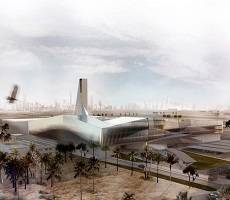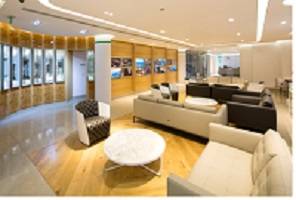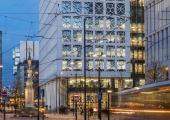April 16, 2013
Hong Kong’s pioneering zero carbon building wins innovation award
The Construction Industry Council’s (CIC) Zero Carbon Building (ZCB) in Hong Kong has been awarded Champion of the Innovation Award for the Engineering Industry 2012/2013 by the Hong Kong Institution of Engineers (HKIE). The ZCB, which is the first of its kind in Hong Kong engineered by Arup won the construction category for its integrated innovations, tailored for the city’s sub-tropical climate. It is the first building in Hong Kong to actively feed electricity back to the grid and has BEAM Plus Platinum status – the highest rating for excellent building environmental performance.
























April 16, 2013
Video: how we need to break with the past to optimise what we do now
by Mark Eltringham • Comment, Facilities management, Technology
[embedplusvideo height=”146″ width=”210″ standard=”https://www.youtube.com/v/HUgGo-U2Eig?fs=1″ vars=”ytid=HUgGo-U2Eig&width=210&height=146&start=&stop=&rs=w&hd=0&autoplay=0&react=1&chapters=¬es=” id=”ep3399″ /]
Dave Coplin, the ‘Chief Envisioning Officer’ at Microsoft, explores with the RSA how we might apply technology in new ways to transform the way we work. He starts with a look at how we are constrained by the past, with the example of the QWERTY keyboard which was originally developed to slow typists down to stop keys jamming but is still the de facto input method for typists over a century later. Obviously there are very good commercial reasons why technology companies need to ‘envision’ this new world of flexible working but it’s an engaging presentation and honest enough when he argues against our obsession with specific aspects of work such as email at the expense of others.